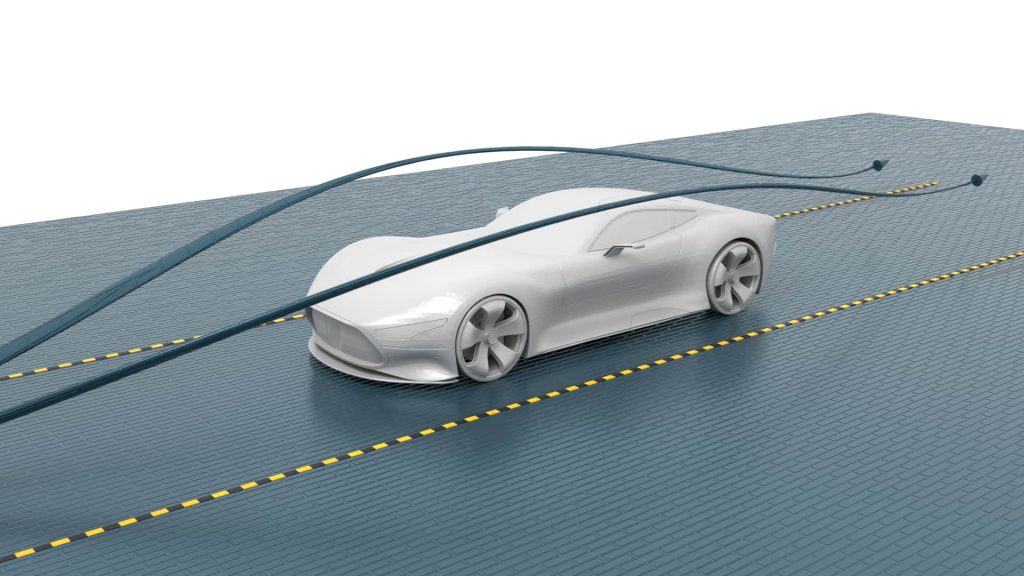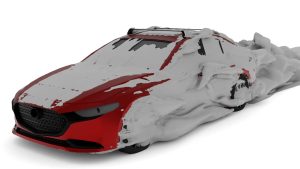VIRTUAL WIND TUNNEL
Simulation application for the improvement and validation of the aerodynamic design
The study of the forces of the wind on any object allows us to adapt and improve its design according to our needs; that is, improve (aerodynamic) efficiency . Either by increasing the lift of a drone to support a certain payload or reducing consumption in vehicles thanks to a more aerodynamic design.
Through aerodynamic simulation it is possible to visualize and quantify all these aerodynamic phenomena, in a digital environment and in the initial phases of product development. It is a calculation tool that allows us to improve the design .
Tool to simulate wind conditions
The way to study the behavior of the air, and its effects around an object, is through wind tunnels. Installations that, thanks to the use of fans, are capable of accelerating the air and reproducing any wind speed.
Thanks to the digitization of the industry, it is now possible to model these validation tests by simulation on a computer. Allowing us to reproduce the behavior of the air in a digital environment, that is, in a virtual wind tunnel .
Working in the simulation environment allows you to detect phenomena that would otherwise be difficult to detect with the naked eye. The possibility of drawing current lines, which indicate the path followed by the air, or locate the areas that offer greater resistance to progress; it improves the analysis capacity on the part of technicians and designers .
There are many advantages of simulating a full-scale wind tunnel in a purely digital environment. The ability to validate different design proposals before they are manufactured gives us versatility and a huge reduction in production costs. Which ends up translating into an increase in the final quality of the product.

Tool to facilitate access to aerodynamic simulation
In the absence of simulation and aerodynamic analysis capabilities, we offer an automated simulation application . Through our platform you will be able to validate your design in a matter of hours, at the lowest possible cost and without the need for technical knowledge.
We have reduced the workflow to 3 easy steps ; upload your geometry, choose the wind speed conditions and launch the simulation. You won’t have to worry about learning to use calculation programs or configuring the case study. In addition, we will accompany you throughout the process and advise you on improving the design.
App Features
Our virtual wind tunnel allows you to calculate the aerodynamic forces that the passage of air induces on an object. This makes it possible to determine the performance of both vehicles and systems that move within a fluid medium, such as air. In addition, the possibility of visualizing the behavior of the air allows us to adapt the geometry to our needs and improve said performance in search of greater aerodynamic efficiency.
Currently it is possible to obtain different types of results, which we show you below:
Current Lines
Through the current lines we are able to visualize the behavior of the air when interacting with an object.
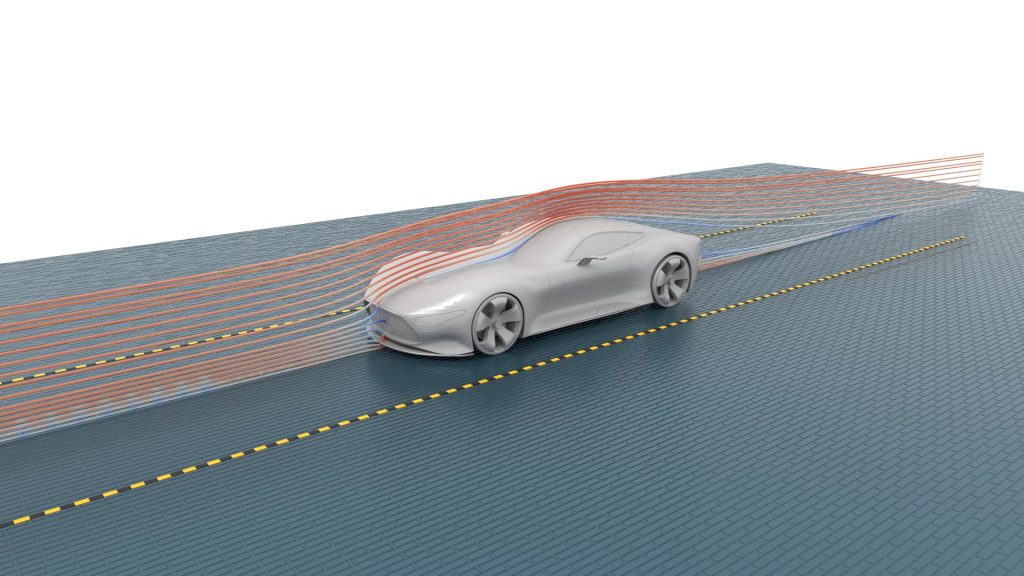
speed cut
On these cut planes, it is possible to represent the air speed values around the object.
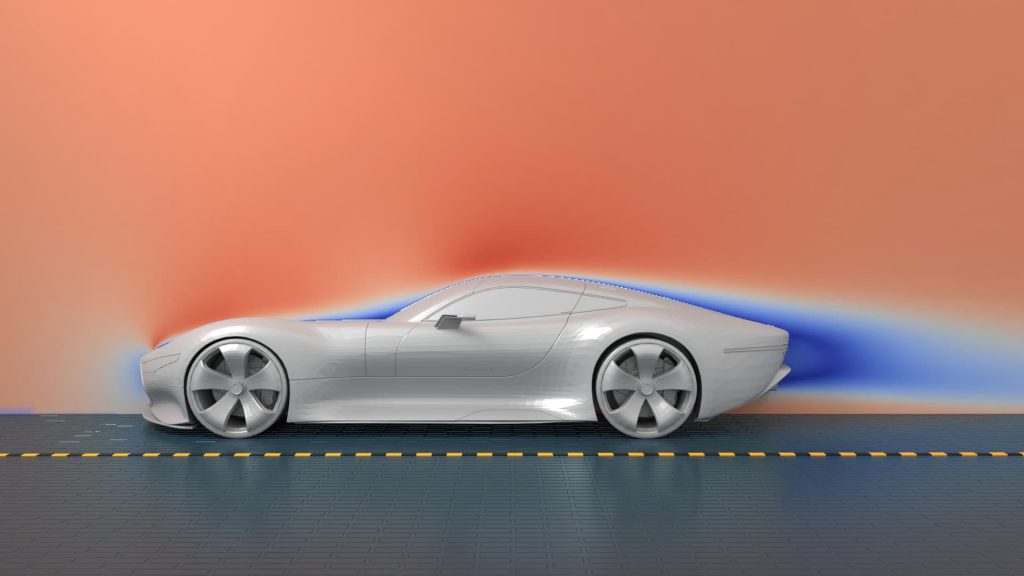
Pressure Cut
On these cut planes, it is possible to represent the air pressure values around the object.
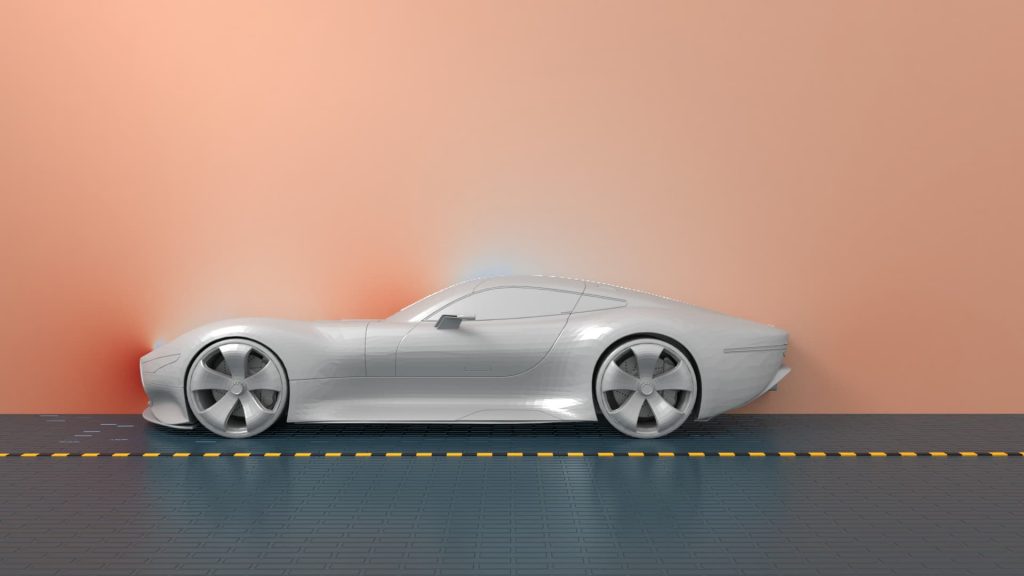
Drag Contours
These regions come to represent those areas that offer greater resistance to advance .
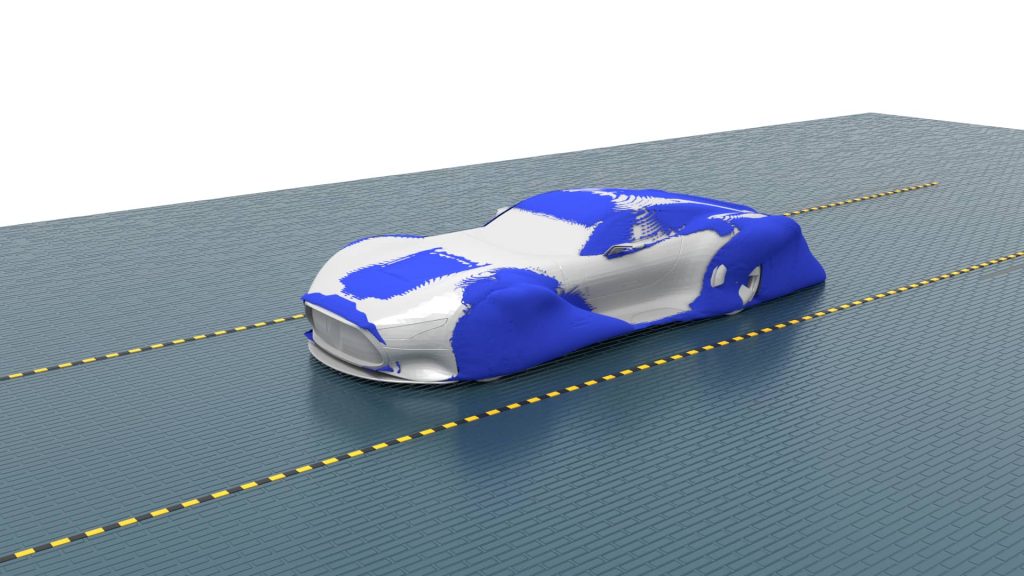
aerodynamic forces
The aerodynamic efficiency of an object will depend on our design needs and is calculated based on the vertical and horizontal force components. As results of our simulation we will obtain the values of lift and aerodynamic resistance , commonly known in English as «Lift» and «Drag».
aerodynamic lift
In the case of wanting to raise a vehicle or, on the contrary, keep it glued to the ground, we will seek to maximize the lift coefficient. This parameter will allow us to obtain the vertical forces necessary to lift a certain payload or stay glued to the road when taking curves at high speed.
aerodynamic drag
When we seek to reduce the opposition that the air exerts on us to advance, we will work with the coefficient of resistance. Reducing this value of the horizontal forces , we will be able to reduce the consumption in vehicles or increase the maximum speed. This resistance to advance is determined, for example, by turbulent effects derived from poor aerodynamic design.

